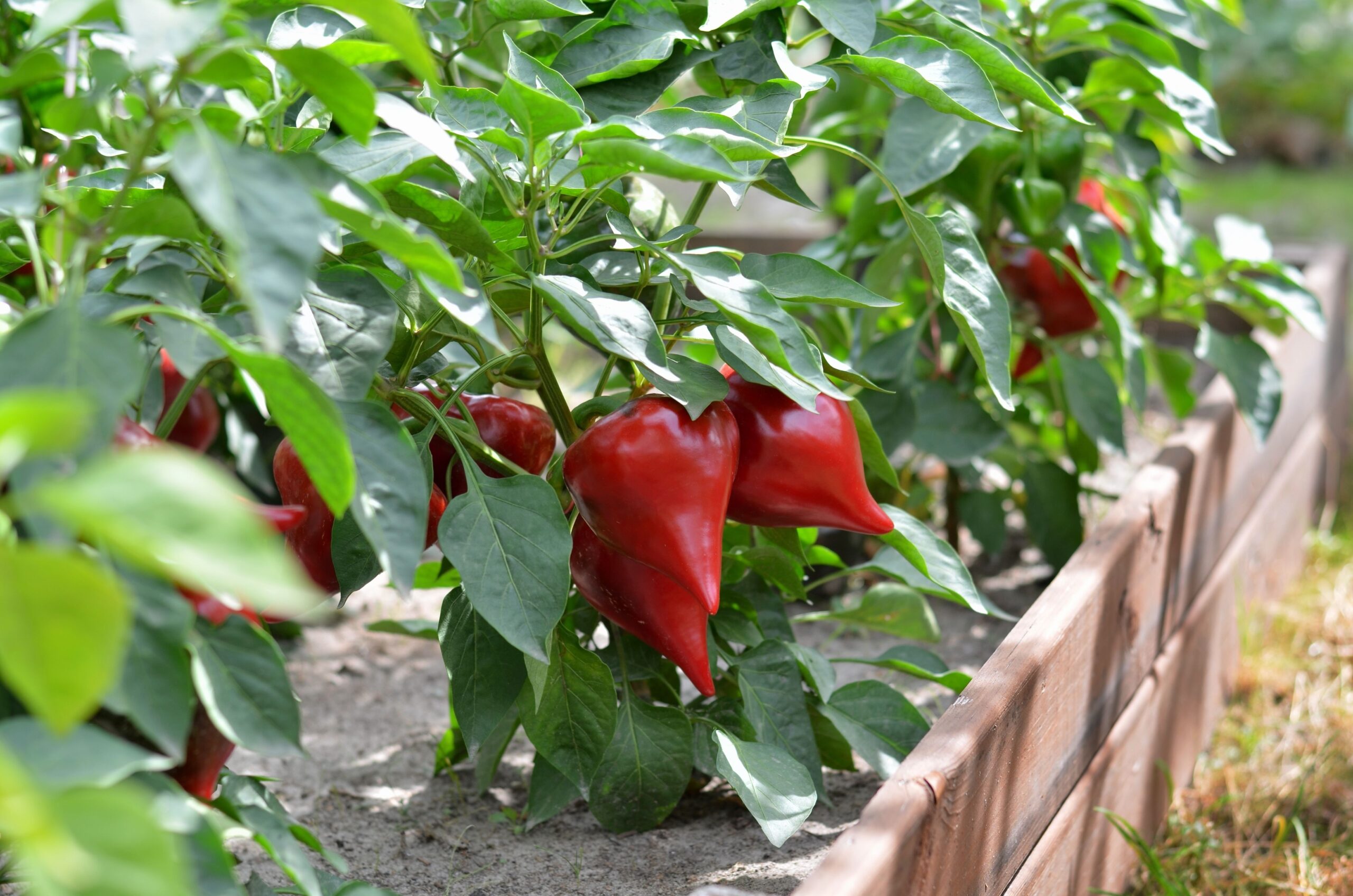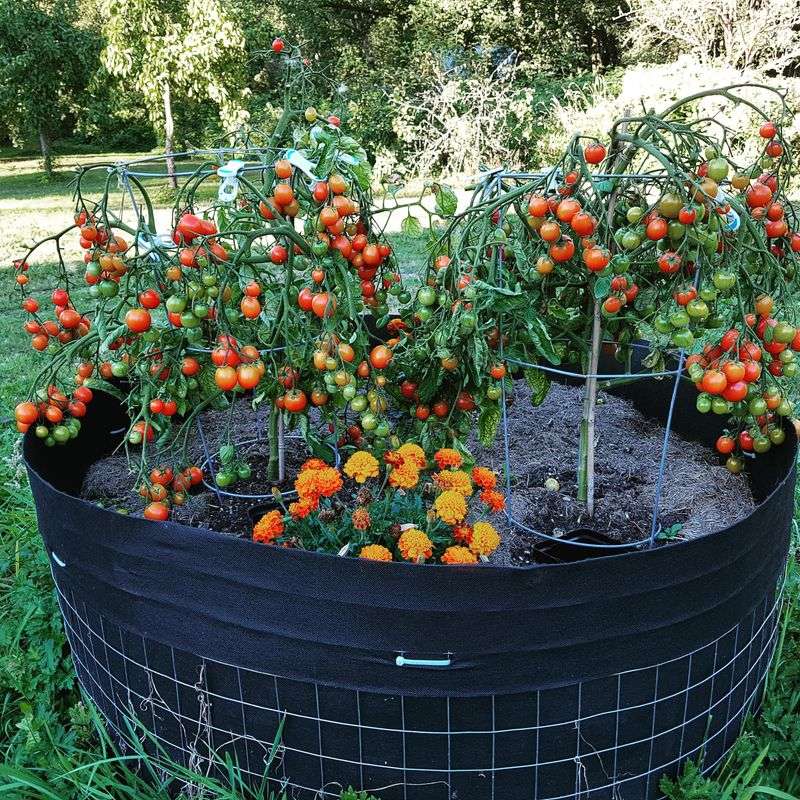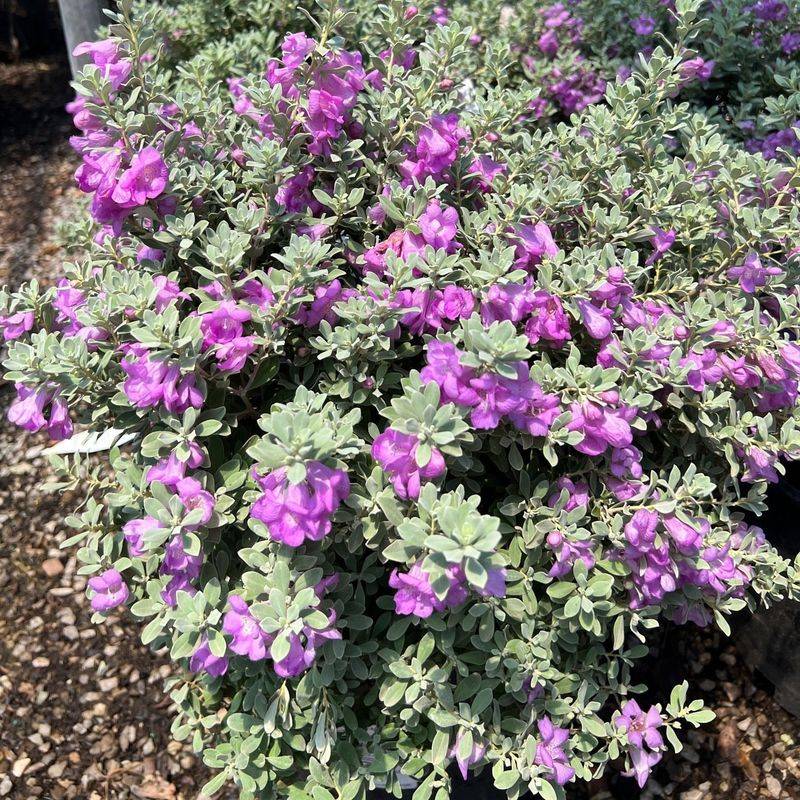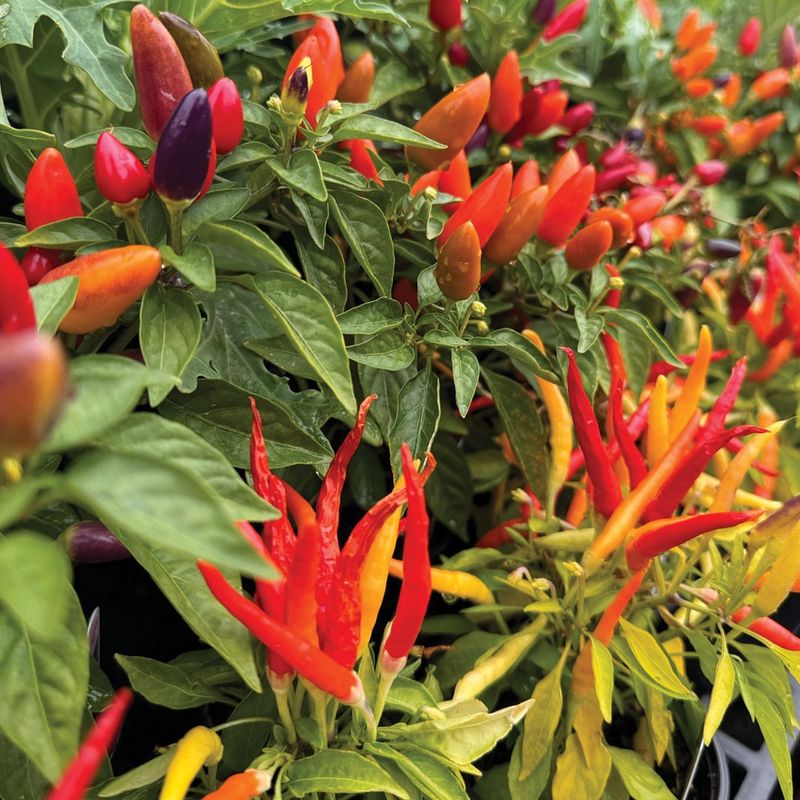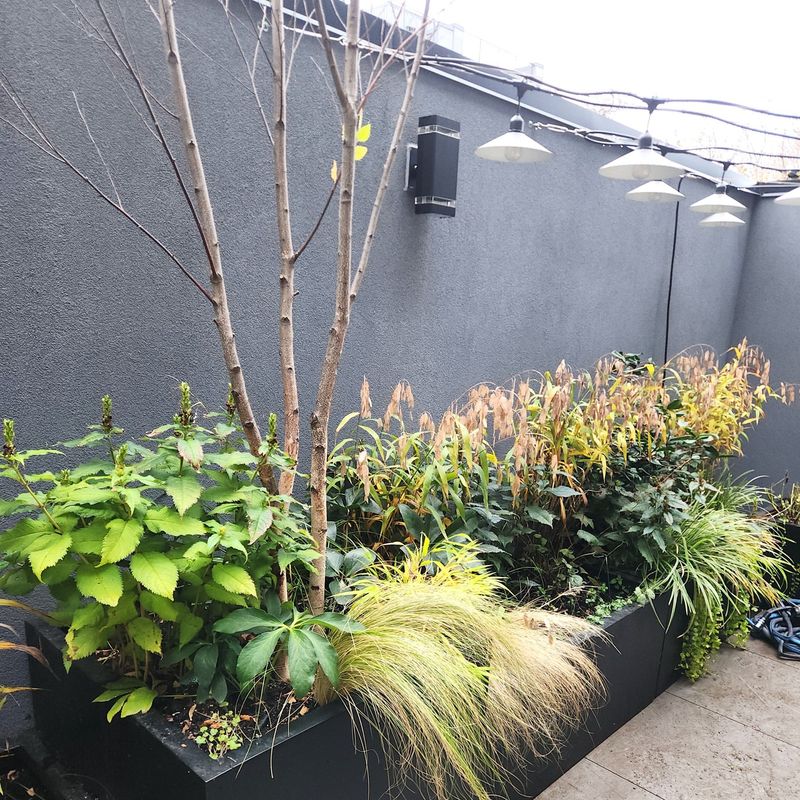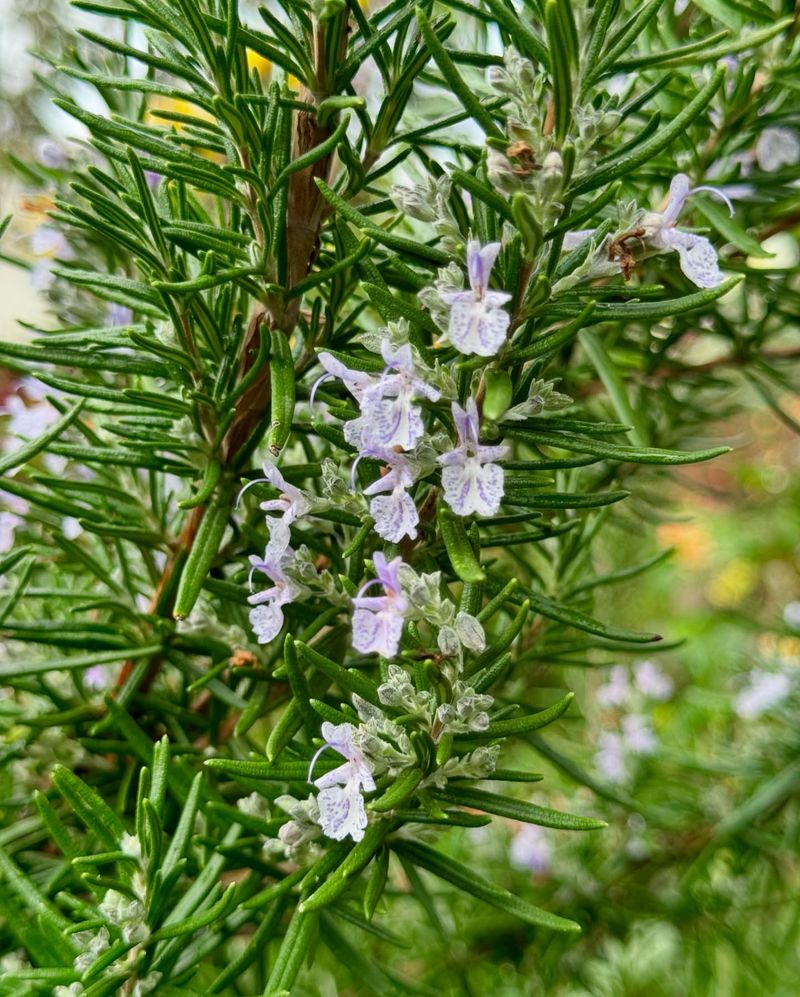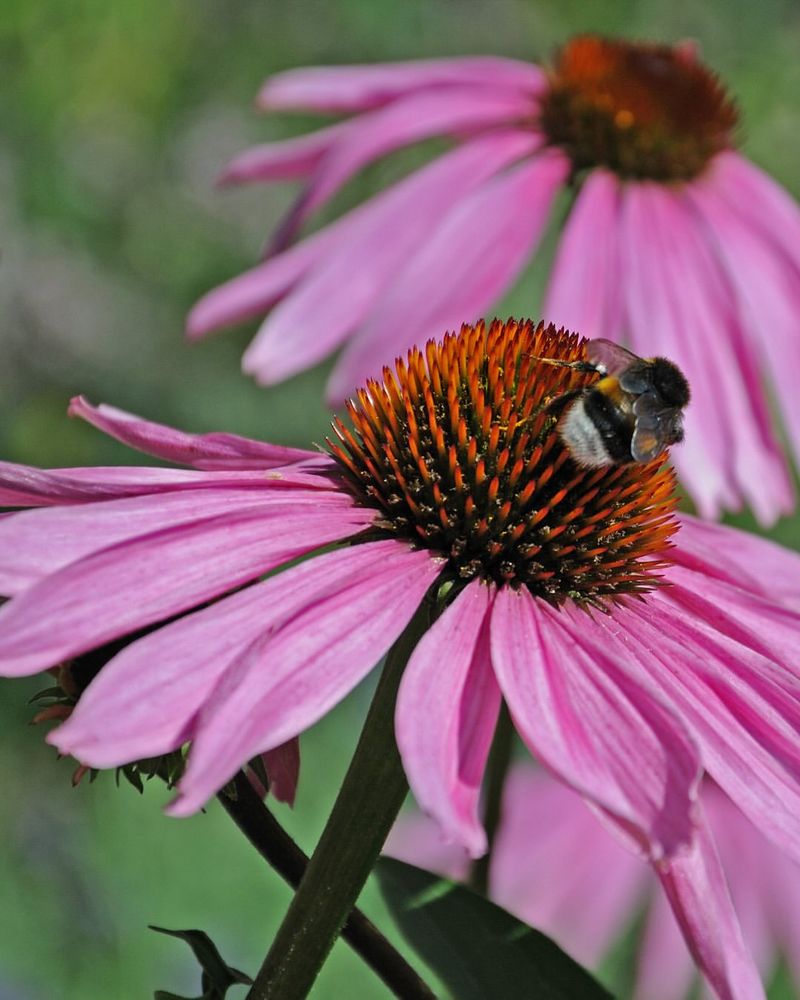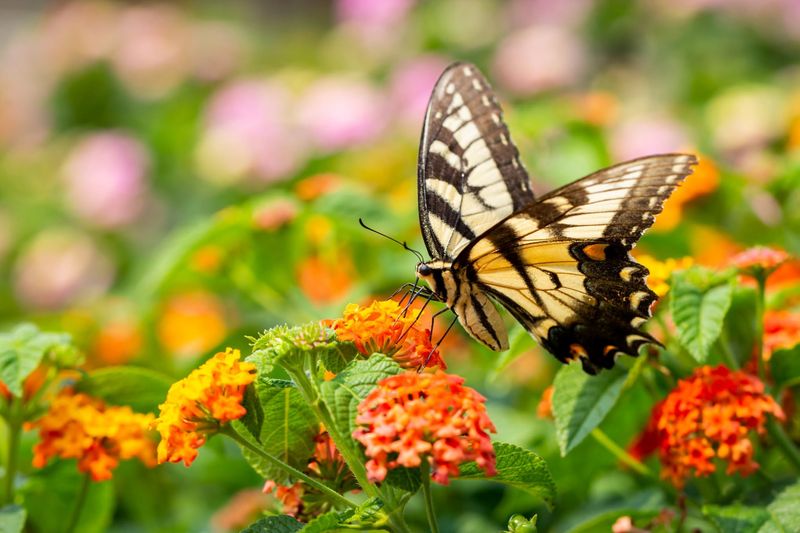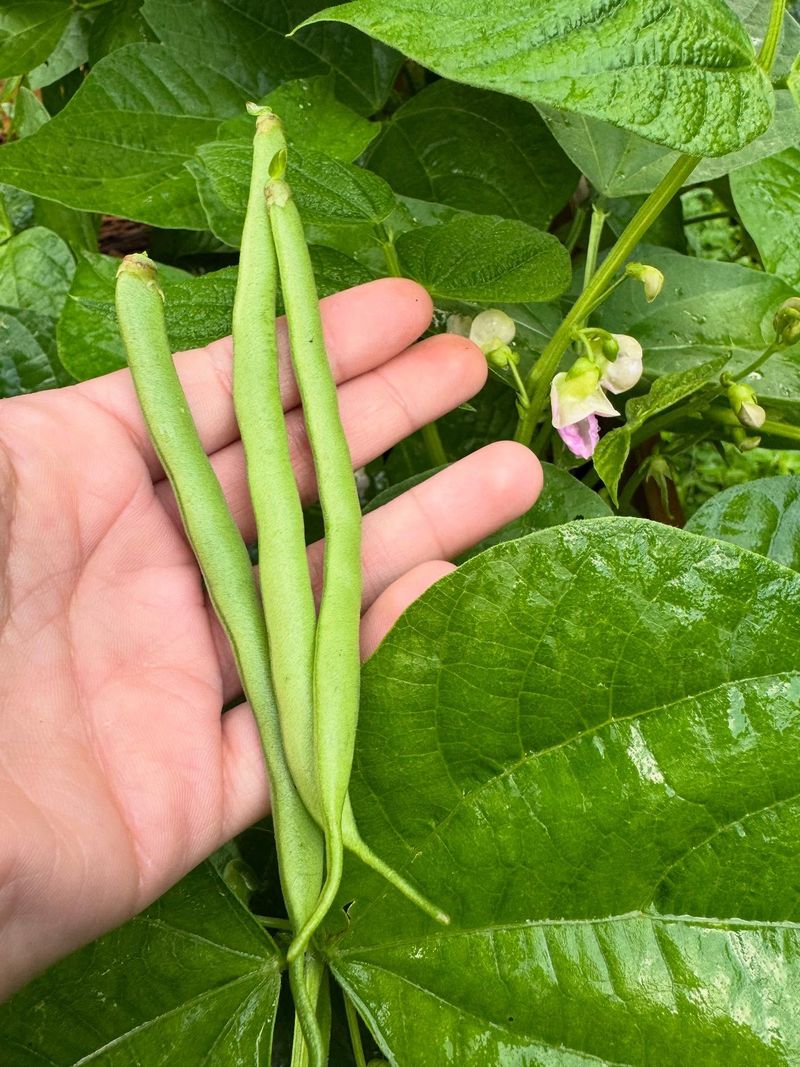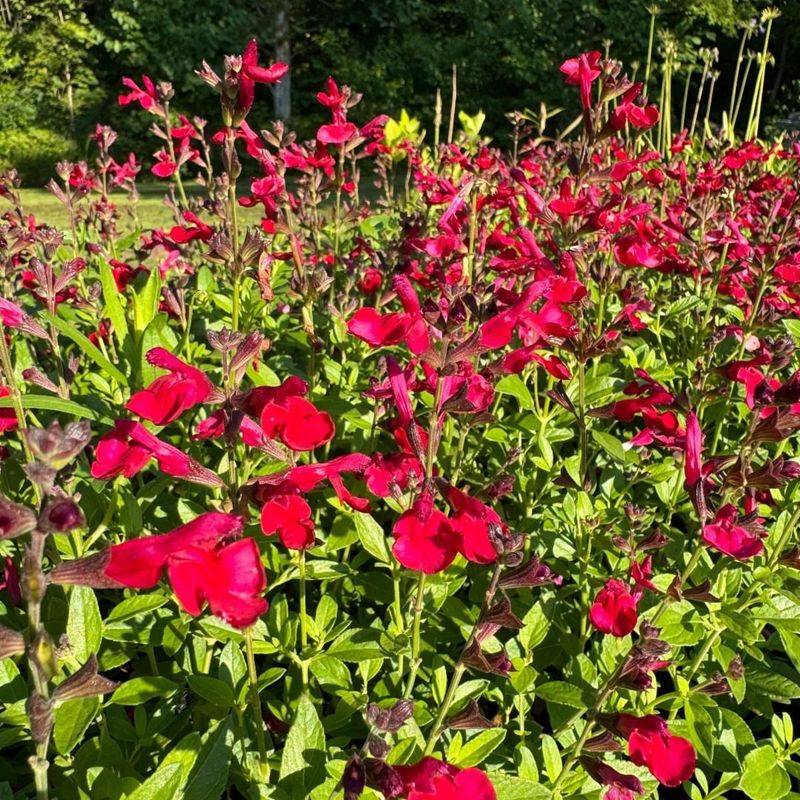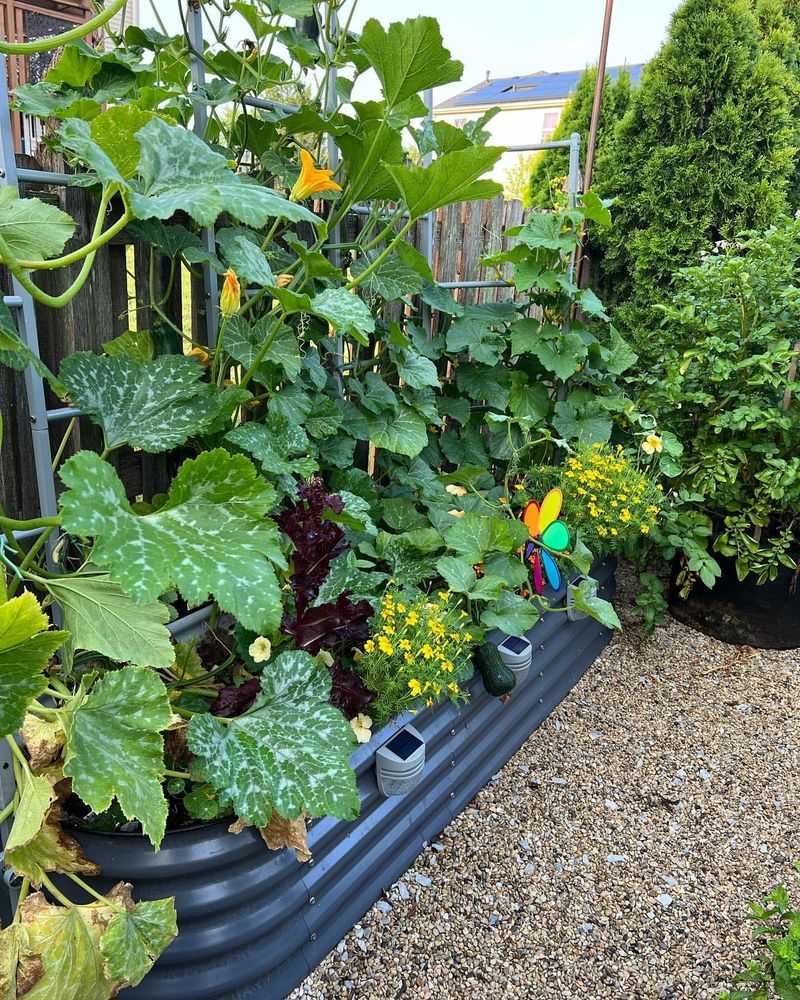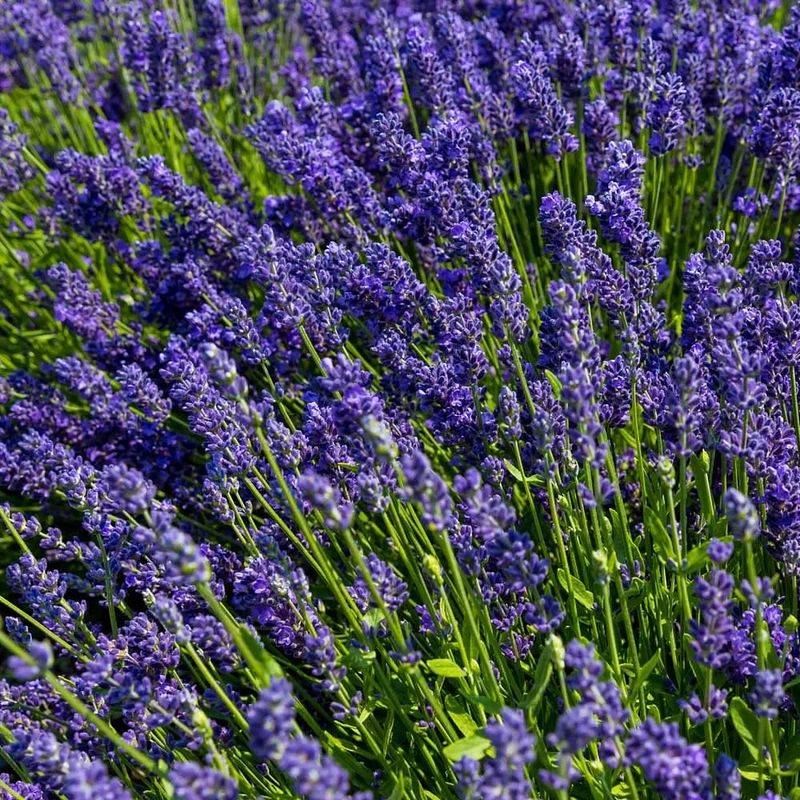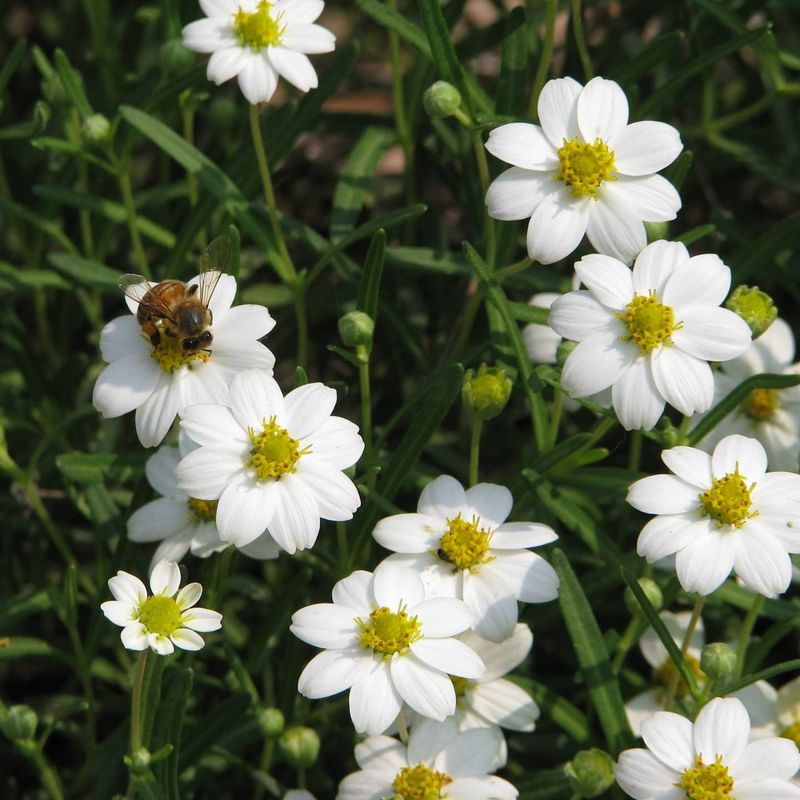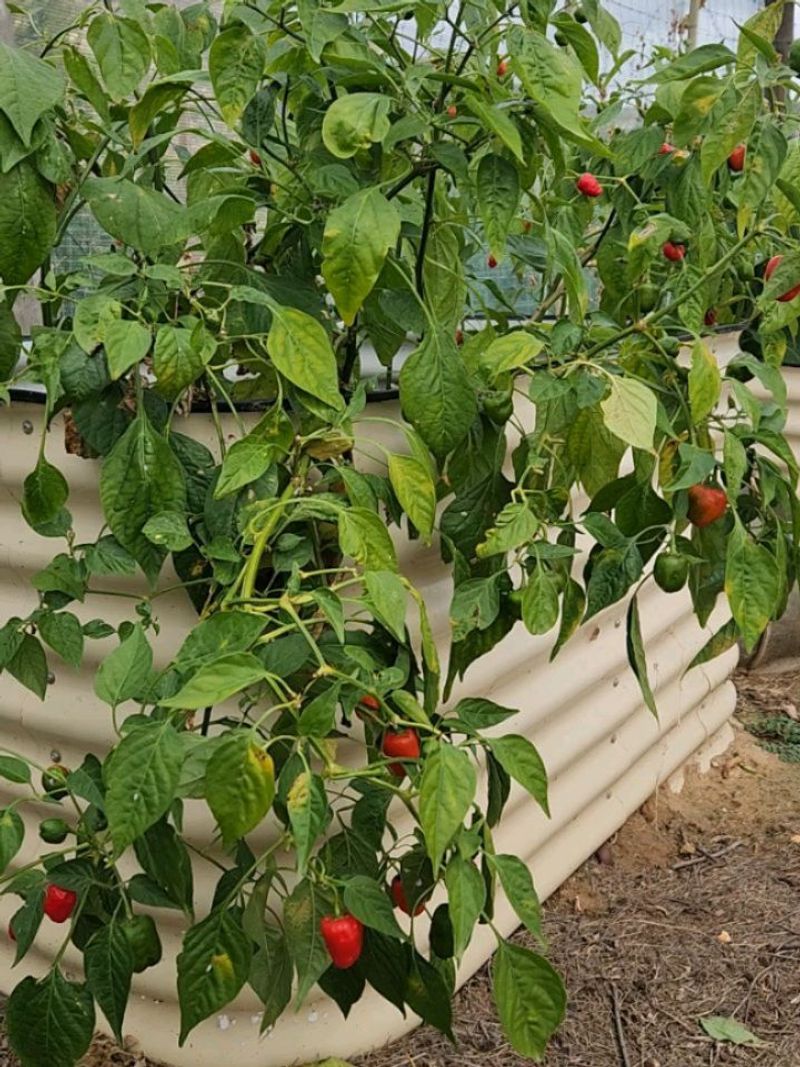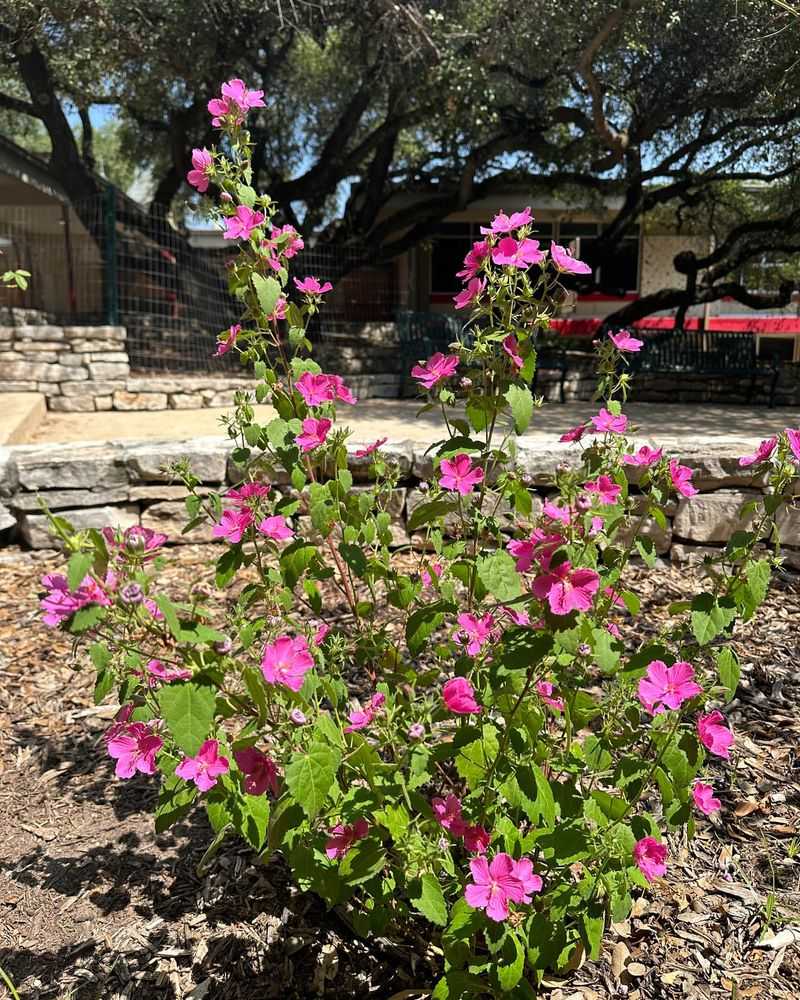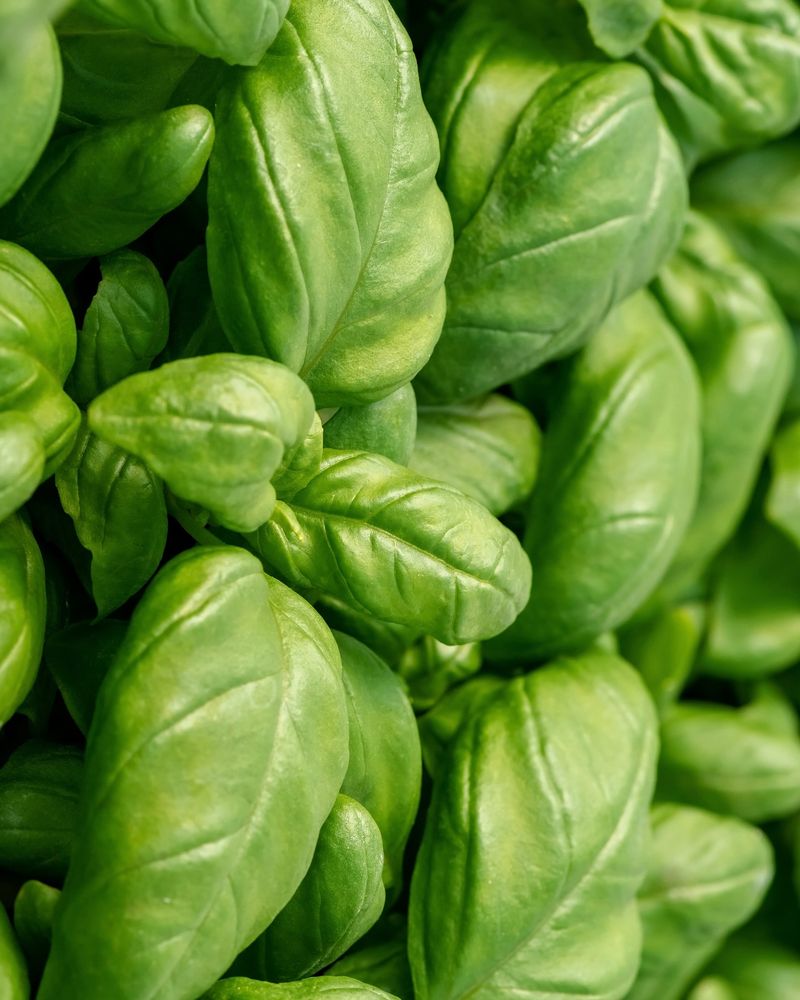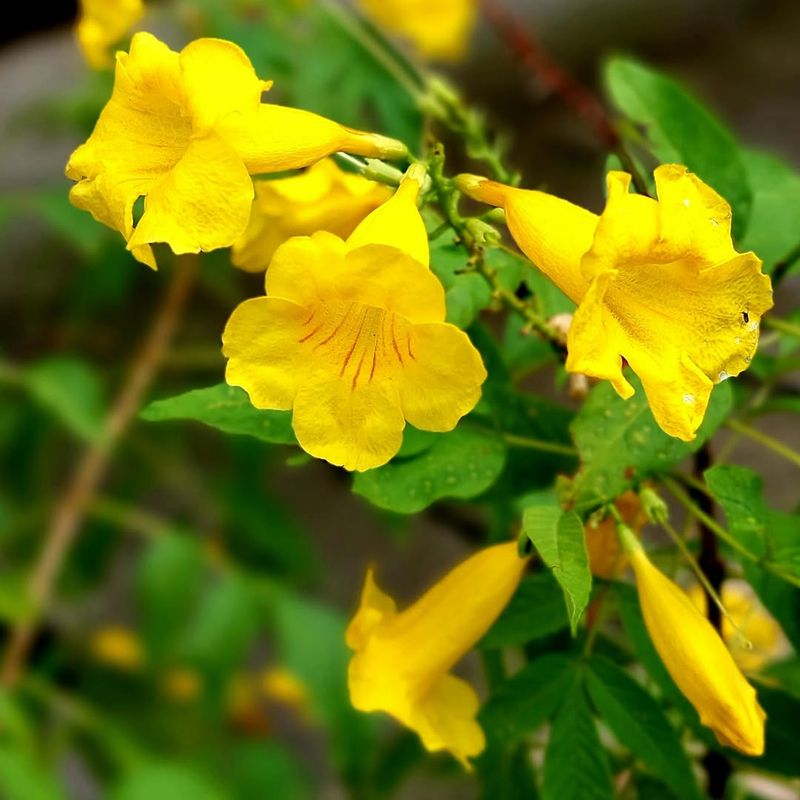Gardening in Texas presents unique challenges with hot summers, occasional cold snaps, and varying soil conditions. Raised planter boxes offer the perfect solution, giving you control over soil quality and drainage.
Finding plants that thrive in these conditions can transform your outdoor space into a lush, vibrant garden that stands up to Texas weather.
1. Cherry Tomatoes
Sun-loving cherry tomatoes flourish in Texas raised beds where they can receive full sunshine. Their compact size makes them perfect for containers while producing sweet, bite-sized fruits throughout the growing season.
Choose heat-tolerant varieties like ‘Sweet 100’ or ‘Sun Gold’ for best results. With proper staking and regular watering, these plants will reward you with abundant harvests from spring through fall.
2. Texas Sage
Native to the Southwest, Texas sage boasts silvery-gray foliage and stunning purple blooms that appear after summer rains. This drought-resistant shrub thrives in raised beds with excellent drainage.
Growing to about 5 feet tall, it requires minimal maintenance once established. Local folklore claims the plant can predict rain – when humidity rises before a storm, it often bursts into bloom, earning its nickname “barometer bush.”
3. Ornamental Peppers
Bursting with color, ornamental peppers add visual excitement to raised beds while handling Texas heat like champions. The fruits emerge in shades of purple, red, orange, and yellow, often all on the same plant as they mature.
Despite their decorative purpose, most varieties are actually edible though quite spicy! Compact growth habits make them ideal for planter boxes where they’ll continue producing colorful peppers until the first frost.
4. Mexican Feather Grass
Dancing in the slightest breeze, Mexican feather grass creates movement and texture in raised planters. The fine, hair-like blades form elegant fountains of green that turn golden in summer.
Hardy throughout Texas, this ornamental grass requires almost no care once established. Plant it near the edges of raised beds where its cascading form can soften hard lines. Morning light makes the seed heads sparkle like they’re dusted with diamonds.
5. Rosemary
Woody and aromatic, rosemary brings Mediterranean charm to Texas gardens while providing fresh herbs for your kitchen. The upright varieties can form beautiful, drought-tolerant hedges in larger raised beds.
Bees adore the tiny blue flowers that appear in spring. Once established, rosemary needs very little water, making it perfect for busy gardeners. Some Texas gardeners trim their plants into topiary shapes for added visual interest.
6. Purple Coneflower
Beloved by butterflies and gardeners alike, purple coneflower (Echinacea) stands tall through Texas summers. The daisy-like purple blooms with orange centers create a wildflower meadow feel in raised beds.
Beyond their beauty, these native flowers have medicinal properties. Leave some seedheads in place during fall and winter to feed visiting goldfinches. Their deep root systems appreciate the loose soil of raised beds where they can spread comfortably.
7. Lantana
Hummingbirds zoom toward lantana’s clusters of tiny, tubular flowers that bloom in vibrant orange, yellow, pink, or purple. This Texas superstar laughs at triple-digit temperatures while continuously flowering from spring until frost.
Planting lantana in raised beds improves drainage, preventing root rot during occasional heavy rains. The ‘Texas Lantana’ variety stays relatively compact at 2-3 feet, making it perfect for containers. Its berries, though toxic to humans, provide food for native birds.
8. Bush Beans
Productive and easy to grow, bush beans thrive in the controlled environment of raised beds. Unlike pole varieties, these compact plants don’t require trellising, making them perfect for open planters.
Plant successive crops every few weeks for continuous harvests throughout the growing season. Children love picking the tender pods, making beans a great family gardening project. Choose heat-resistant varieties like ‘Contender’ or ‘Derby’ for best results in Texas.
9. Autumn Sage
Hummingbirds flock to autumn sage’s tubular red, pink, or purple flowers that bloom nearly year-round in warmer parts of Texas. Despite its name, this native perennial performs beautifully from spring through fall.
Growing 2-3 feet tall, autumn sage appreciates the excellent drainage of raised beds. After a flush of blooming, trim it back by one-third to encourage more flowers. The aromatic foliage repels deer and rabbits, an added bonus for Texas gardeners.
10. Zucchini
Famously productive, zucchini plants can turn a small raised bed into a squash factory during warm Texas months. Their broad leaves create a dramatic tropical effect while shading the soil to conserve moisture.
Raised beds help prevent the soil-borne diseases that sometimes plague zucchini. For maximum harvests, pick frequently when fruits reach 6-8 inches. Try growing both green and yellow varieties together for a colorful summer harvest that’s perfect for grilling.
11. Lavender
Bringing Mediterranean charm to Texas gardens, lavender’s silver-gray foliage and purple flower spikes create a sensory experience in raised beds. The excellent drainage these planters provide mimics lavender’s native growing conditions.
Spanish lavender varieties perform best in Texas heat. Position plants where you can brush against them to release their calming fragrance. Dried flower stalks can be harvested for sachets and potpourri, bringing the garden indoors year-round.
12. Blackfoot Daisy
Carpeting raised beds with white blooms, blackfoot daisy creates the illusion of fresh snow in the garden. This native Texas wildflower remains petite at just 12 inches tall, making it perfect for planter box edges.
Honey-scented flowers attract butterflies from spring through fall. Incredibly drought-tolerant once established, blackfoot daisy thrives where other plants struggle. The plant forms a neat, rounded shape without pruning, maintaining an orderly appearance in raised gardens.
13. Hot Peppers
Jalapeños, habaneros, and serranos reach their full fiery potential in the Texas heat, making raised beds the perfect place to grow your own salsa garden. The controlled environment helps develop richer flavors and higher capsaicin levels.
Most pepper varieties stay relatively compact, allowing several plants in one raised bed. For a surprising ornamental touch, try varieties like ‘Fish Pepper’ with variegated leaves or ‘Bolivian Rainbow’ with multicolored fruits that ripen from purple to red.
14. Rock Rose
Shrugging off triple-digit temperatures, rock rose produces papery pink blooms that resemble miniature hibiscus flowers. Native to Texas and Mexico, this tough plant thrives in raised beds where its roots enjoy perfect drainage.
Growing 2-3 feet tall and wide, rock rose creates a fountain of color that peaks in summer when other plants struggle. After establishing, it requires almost no supplemental water. Hummingbirds frequently visit the bright flowers throughout the blooming season.
15. Basil
Aromatic and versatile, basil brings Italian flair to Texas raised beds while providing fresh herbs all summer long. The controlled soil conditions help develop richer essential oils, enhancing both fragrance and flavor.
Plant several varieties for culinary adventures – try cinnamon basil, Thai basil, and classic Genovese. Regular harvesting encourages bushier growth and prevents flowering. In milder parts of Texas, basil may survive winter in raised beds that stay warmer than ground soil.
16. Esperanza
Greeting summer with trumpet-shaped yellow flowers, esperanza (yellow bells) creates a tropical feel in Texas raised beds. This woody perennial grows quickly, providing height and structure among lower-growing plants.
Hummingbirds and butterflies flock to the bright blooms that appear from spring until frost. Native to the Texas-Mexico border region, esperanza can reach 4-6 feet tall in raised planters. After a hard freeze, cut it back to the ground; it will resprout vigorously in spring.

